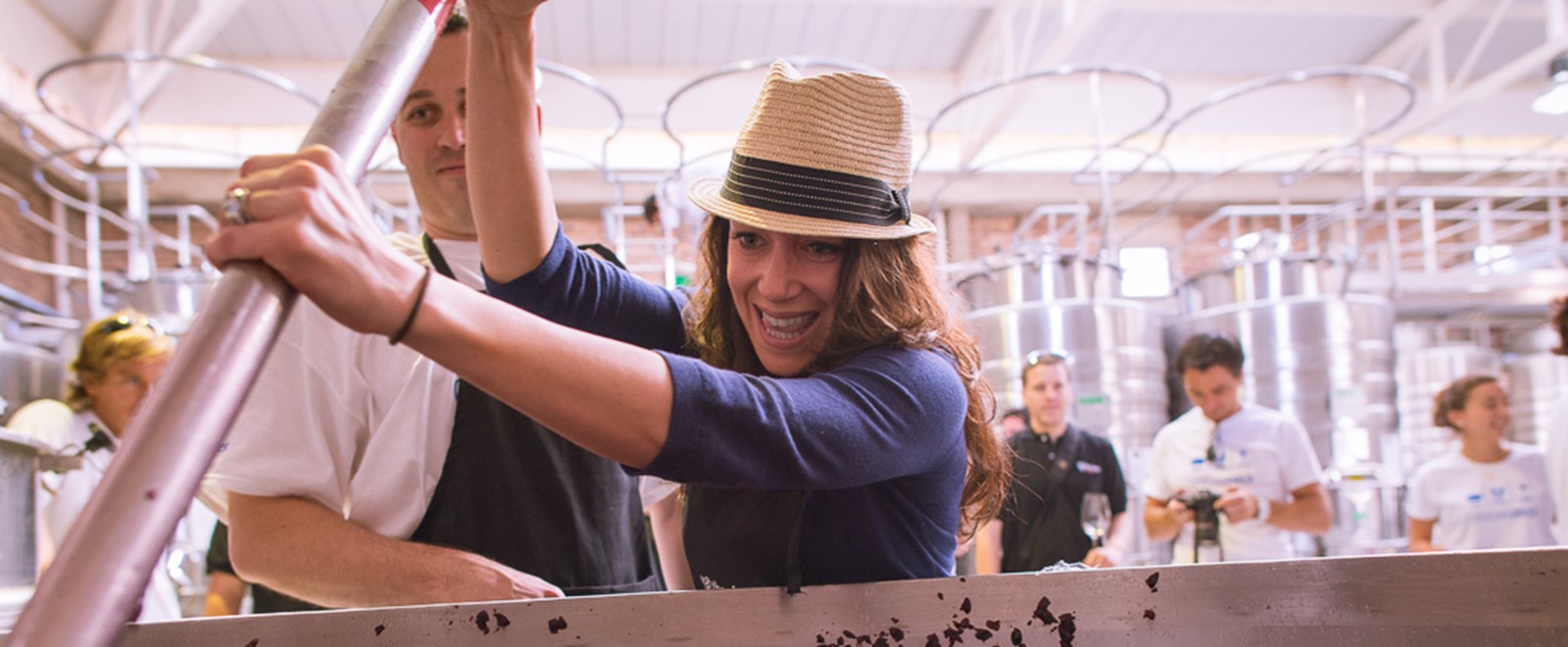Every year hundreds of men and women face the cold winter in order to prune the vineyards, preparing each vine for a long and fruitful life.
Most of the pruning isn’t something that you would learn in a classroom. Generally, it is learned in the field through repetition and practice, and is often passed down from generation to generation. Perfecting this process requires passion and practice.
Pruning is one of the most difficult and important tasks in a vineyard. But more than just a mechanical task, it’s like a dialogue with nature. We must interpret what each plant is telling us through their age, vigor and color of the branches that we prune. Only then can we make the right decisions going forward.
What is pruning exactly? we cultivate the vines – trimming branches off to ensure the plant is growing with the right shape, in order to invigorate the vines' growth, and also to influence the amount of fruit they produce -- that is to say the yield desired.
After the harvest, the leaves weep sap, and this becomes concentrated on the vine trunk and branches, making them thicker. The unused leaves fall and the branches without water become parched. Meanwhile the roots in the ground ‘stop working’ and the whole plant enters winter dormancy.
Dormancy is the ideal time for pruning as it gives the plant time to recuperate and to ‘heal’ for the oncoming spring season. Ideally pruning should happen 15 days after the leaves fall - not too close to the spring as late pruning delays sprouting.

Pruning should not be a routine operation. As mentioned, we need to reflect on what the vine is telling us and have clear objectives when pruning. One objective is the vines’ training, especially in the first years of a vine's life and also in very old age. Do not forget the vine is what we call 'a creeper' which we must guide properly so that it develops high quality fruit with good aeration and sin exposure But other important pruning objectives are to provide vigor and help to increase, decrease or regulate production.
Now that the vineyard is asleep it invites us to explore it to get to know its soul. Its needs are met and it is prepared for the next harvest. We don’t have to be afraid to face the cold days of winter. On the contrary we can use the snowy mountains as inspiration.
Becoming a great 'pruner' is almost like becoming a great artist. It requires effort,
care and sensitivity.

